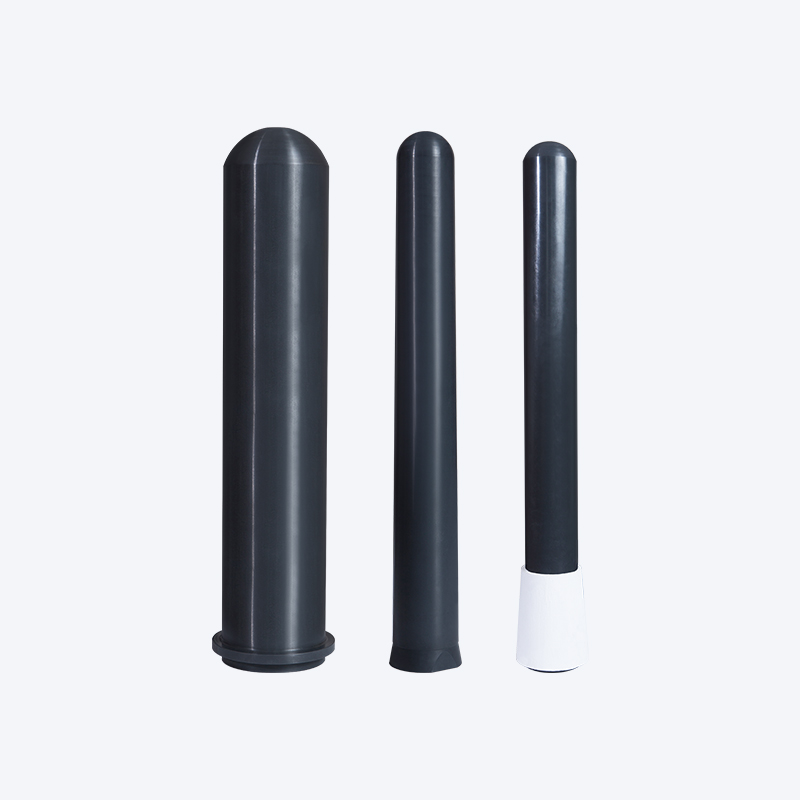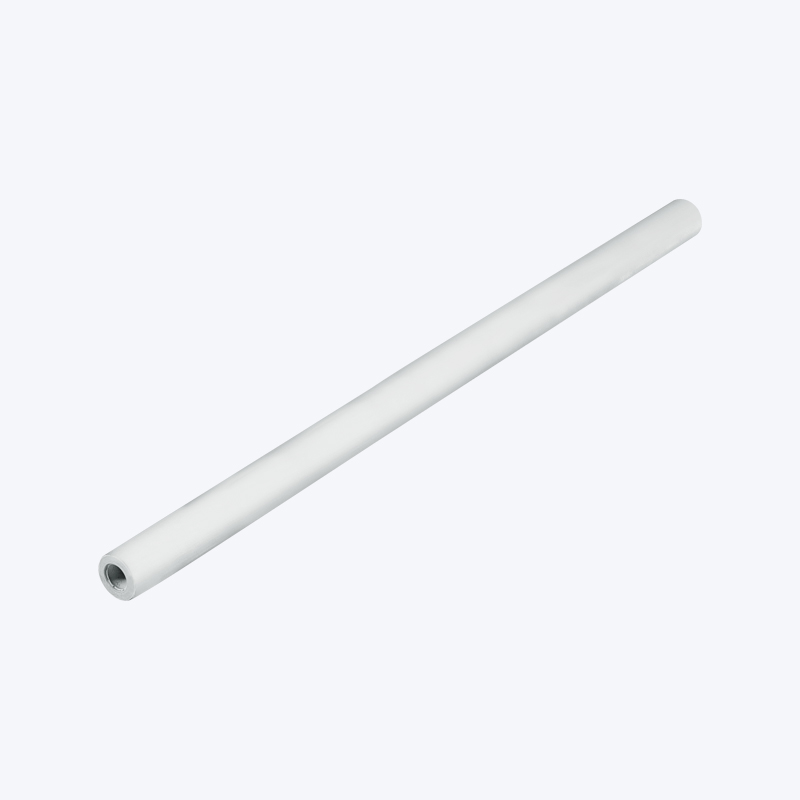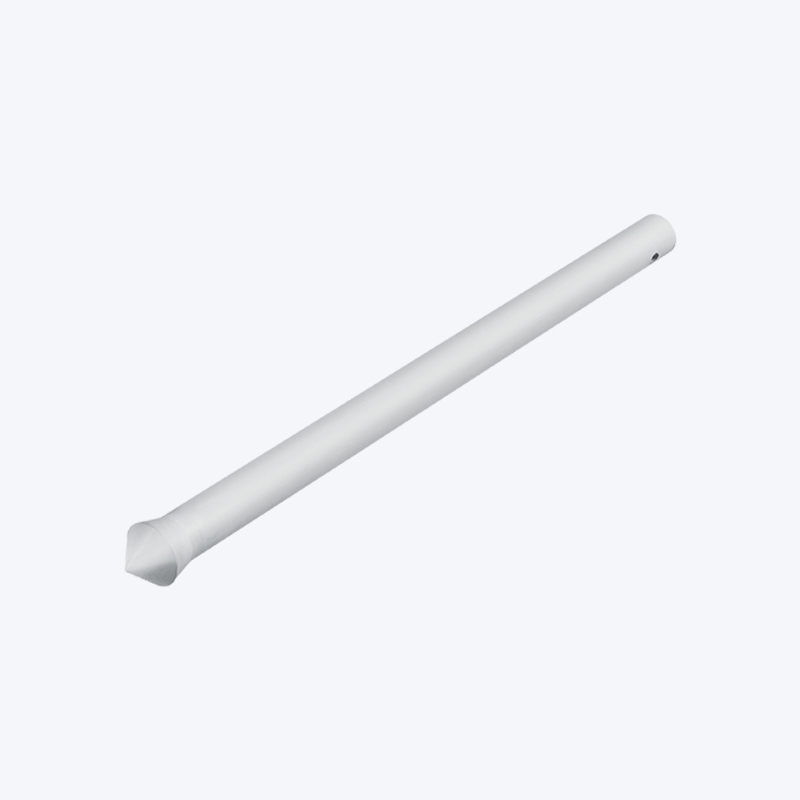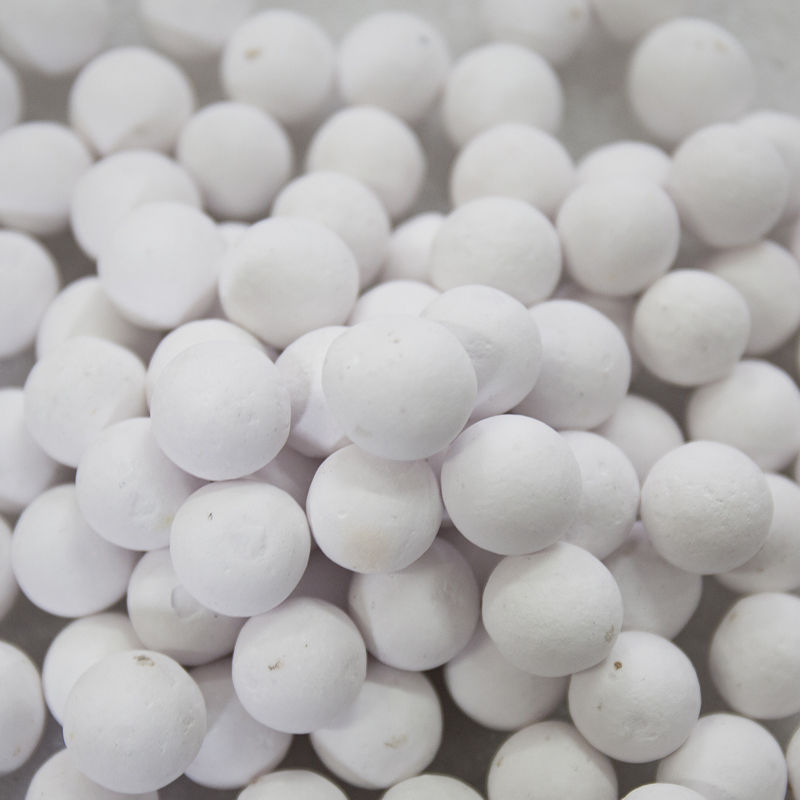Extend Heater Life with Protection Tubes
Extend Heater Life with Protection Tubes
Heaters are essential components in countless industrial processes, from manufacturing and chemical processing to research and development. Their efficient operation is critical for maintaining productivity and product quality. However, heaters, especially those operating in harsh environments, are susceptible to degradation, leading to premature failure and costly downtime. One of the most effective and often overlooked solutions for mitigating this issue is the strategic use of heater protection tubes.
The Critical Role of Heater Protection Tubes
A thermocouple protection tube or thermal protection tube acts as a robust barrier, shielding the delicate heating elements and temperature sensors (like thermocouples or RTDs) from the direct impact of corrosive chemicals, abrasive particles, high pressures, and extreme temperatures. Without this crucial layer of defense, heaters are exposed to the full brunt of their operating environment, accelerating wear and tear and significantly shortening their operational lifespan.
Consider a heater submerged in a molten metal bath or operating within a highly corrosive gas. Direct exposure to these aggressive media would quickly degrade the heater's sheath material, leading to cracks, leaks, and ultimately, heater failure. A well-chosen heater sheath or protective sheath made from an appropriate material can withstand these challenges, ensuring the heater's integrity and consistent performance over extended periods.
Benefits of Implementing Protection Tubes
The advantages of integrating heater protection tubes into your systems are multifaceted and impactful:
-
Extended Heater Lifespan: This is the primary and most significant benefit. By shielding the heating element from harsh conditions, protection tubes dramatically reduce the rate of degradation, allowing heaters to operate effectively for much longer. This translates directly into reduced replacement costs and improved ROI.
-
Enhanced Reliability and Uptime: Fewer heater failures mean less unscheduled downtime for maintenance and replacements. This significantly boosts operational efficiency and ensures consistent production schedules.
-
Improved Safety: In environments with hazardous materials or extreme temperatures, a compromised heater can pose significant safety risks. Protection tubes help maintain the integrity of the heating system, minimizing the chances of leaks, short circuits, or other dangerous malfunctions.
-
Accurate Temperature Measurement: When thermocouples or RTDs are housed within a thermocouple protection tube, they are shielded from direct interference from the process media. This ensures more stable and accurate temperature readings, which is vital for precise process control and product quality.
-
Reduced Maintenance Costs: With fewer heater failures, the frequency of maintenance interventions decreases, leading to lower labor costs and less expenditure on replacement parts.
-
Versatility in Material Selection: Protection tubes are available in a wide array of materials, including various grades of stainless steel, ceramics (such as alumina, mullite, and silicon carbide), quartz, and specialized alloys. This allows engineers to select the optimal material based on the specific application's temperature, pressure, and chemical compatibility requirements. For instance, ceramic protection tubes are ideal for extremely high-temperature applications or those involving highly corrosive molten metals.

Choosing the Right Protection Tube
Selecting the appropriate heater protection tube is crucial for maximizing its benefits. Several factors need to be carefully considered:
-
Operating Temperature: The maximum temperature the tube will be exposed to is a primary determinant of the material choice.
-
Chemical Compatibility: The tube material must be resistant to corrosion and chemical attack from the process media.
-
Pressure: The tube must be able to withstand the operating pressure of the system.
-
Mechanical Stress: Consider any potential abrasive forces, vibrations, or impacts that the tube might encounter.
-
Thermal Shock Resistance: For applications with rapid temperature changes, a material with good thermal shock resistance is essential.
-
Size and Dimensions: The tube's diameter and length must be compatible with the heater and the application's physical constraints.
Collaborating with experienced manufacturers and suppliers can help in navigating the complex selection process, ensuring the chosen protective sheath provides optimal performance and longevity for your specific heating application.
Investing in high-quality heater protection tubes is not merely an expense; it's a strategic investment in the longevity, reliability, and efficiency of your industrial heating systems. By understanding their critical role and selecting the right material for the job, industries can significantly extend heater life, reduce operational costs, and enhance overall process safety and performance.
Contact Us for Quotes and Prices!
Just let us know what you want, and we will get in touch with you as soon as possible!

 English
English 简体中文
简体中文












